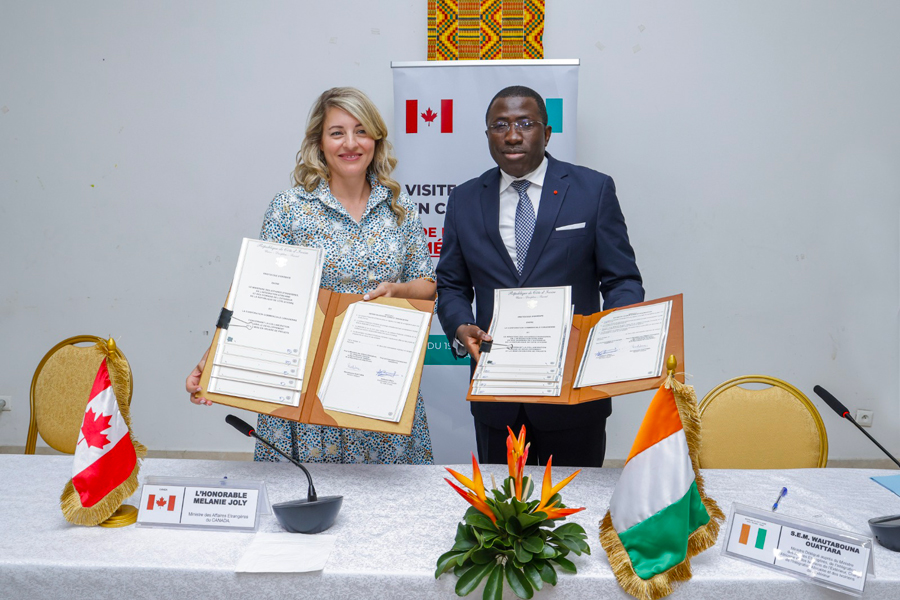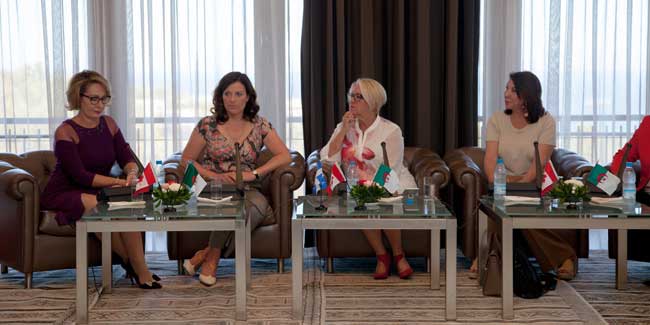When he heard in the news that the Canadian government was introducing a generous visa program for Ukrainians just days after the Russian invasion began, Canada’s former adviser in Afghanistan – let’s call him John Doe 1 – had very mixed feelings.
“As a Canadian, I appreciate what the government is doing for Ukrainians. But at the same time, I don’t understand why my family and I are not entitled to the same consideration. Why are my constitutional rights violated? Because we have brown skin? said the man contacted in Ottawa.
John Doe 1 is one of two plaintiffs in a lawsuit against the Canadian government in federal court. A discrimination lawsuit. For violating the Charter of Rights and Freedoms. A lawsuit to denounce the double standards in the architecture of immigration programs for Afghans and Ukrainians.
If he asks that a fictitious name be used, it is because John Doe 1 believes his relatives in Afghanistan are still in danger because of his role there. A Canadian citizen of Afghan origin, he answered the call from Ottawa seeking advisers to guide its interventions in the Central Asian country. At the very end of the Canadian mission, he left his comfort in Ontario to work with soldiers stationed in the Kandahar region. In the eyes of the Taliban, he is a traitor, a collaborator with the “infidels”. His entire family is now tagged, he says.
Since the same Taliban regained power in Kabul in August 2021, he has therefore been trying by all means to bring members of his extended family to Canada. He hits one wall after another.
The program the Canadian government has put in place for Afghan Canadians in the same situation as him – there are 45 – is too restrictive, he says, and doesn’t allow him to take in his sister, who is a refugee from Turkey, where she has no status, nor does her half-brother, who lives in fear in Afghanistan.
Meanwhile, the visa program for Ukrainians allows anyone with a Ukrainian passport to obtain a three-year Canadian visa.
The latter includes a work permit, financial benefits and integration benefits. Ukrainian citizens can also apply for a visa for their spouse and children, even if they are not Ukrainians.
Since the end of February 2022, Canada has received just over 1 million applications and issued 767,647 visas under this unprecedented program. So far, 157,885 people have entered the country through this program, which has been extended until July 15. And all of this in a period of 16 months.
And in the case of Afghanistan? Justin Trudeau’s government has promised to take in at least 40,000 Afghans after the fall of the government in Kabul. A first program is aimed at Afghans who have worked for Canada and their families. Another point on humanitarian immigration. The third is aimed at the families of Canadian nationals of Afghan origin – like John Doe 1 – who worked for the government. In 22 months, Canada accepted 32,745 people, 80% fewer than the Ukrainian program.
You can flip it any way you want, there is a big gap between the two initiatives. Both in terms of number and manner.
While bureaucracy has been kept to a minimum to allow Ukrainians fast entry into Canada, for Afghans the process is cumbersome, slow and riddled with pitfalls. I got a taste of it myself when I tried (unsuccessfully) to help a former translator come to Canada.
And yet it can hardly be said that the situation in Afghanistan is not dire. Of course there are no bombings or fighting like in Ukraine, but half of the population – the female ones – have been excluded from public life and placed under house arrest. Millions of other people live in fear and hunger in the stomach. And all after decades of Canadian military intervention.
How does Immigration Secretary Sean Fraser justify this discrepancy? By saying that the two programs do not have the same goal. That the Afghans, whom we welcome, start a new life here and receive permanent residence, while the Ukrainians have a temporary status and will return to Ukraine as soon as they have the opportunity.
His company states that this analysis comes from interviews with stakeholders in the field.
However, this hypothesis seems difficult to prove, especially in light of a survey by the organization Operation Safe Haven for Ukrainians last October. According to this study of 1,483 Ukrainians who arrived in Canada between March and October 2022, the vast majority of respondents – 84% – intend to apply for permanent residency in Canada and 6% say they intend to enter Ukraine , as soon as it is safe. make.
This is enough to question the premises of the decisions that explain the differential treatment of Afghans and Ukrainians.
What are the Afghan-Canadian plaintiffs asking in their lawsuit? That the Canadian government end discrimination by extending Ukraine’s visa program, known as the Canada-Ukraine Emergency Travel Authorization (CUATU), to all people fleeing danger.
We could be talking about tens of millions of people.
The other option is for the government to sit down with the complainants and deal with their request, which does not seem unreasonable. John Doe 1’s attorney, Nicolas Pope, says he is hoping for a “negotiated settlement”.
However, even if the case is eventually settled out of court, the government should take the time to consider the vast disparity in generosity between Ukrainians and all other peoples in need. The contrast remains striking.
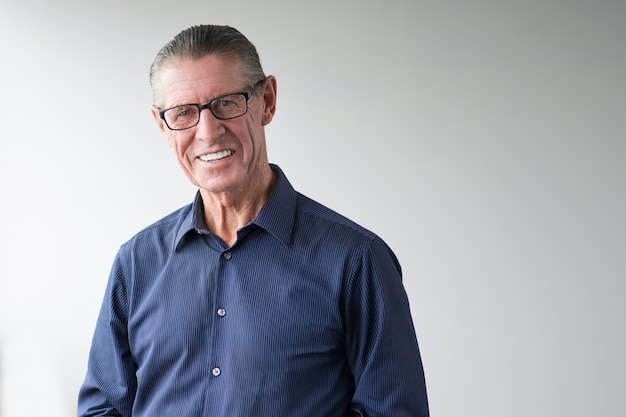
Incurable food practitioner. Tv lover. Award-winning social media maven. Internet guru. Travel aficionado.

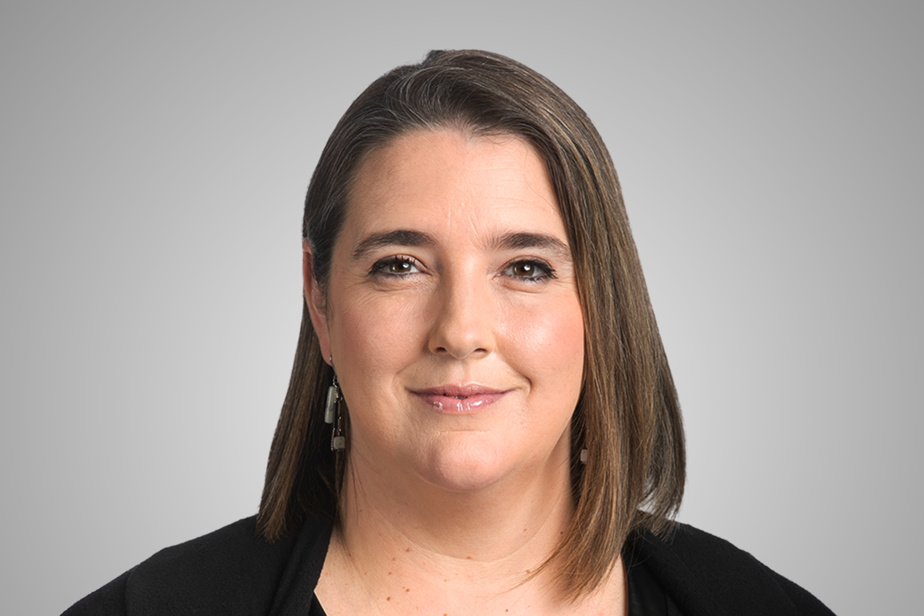
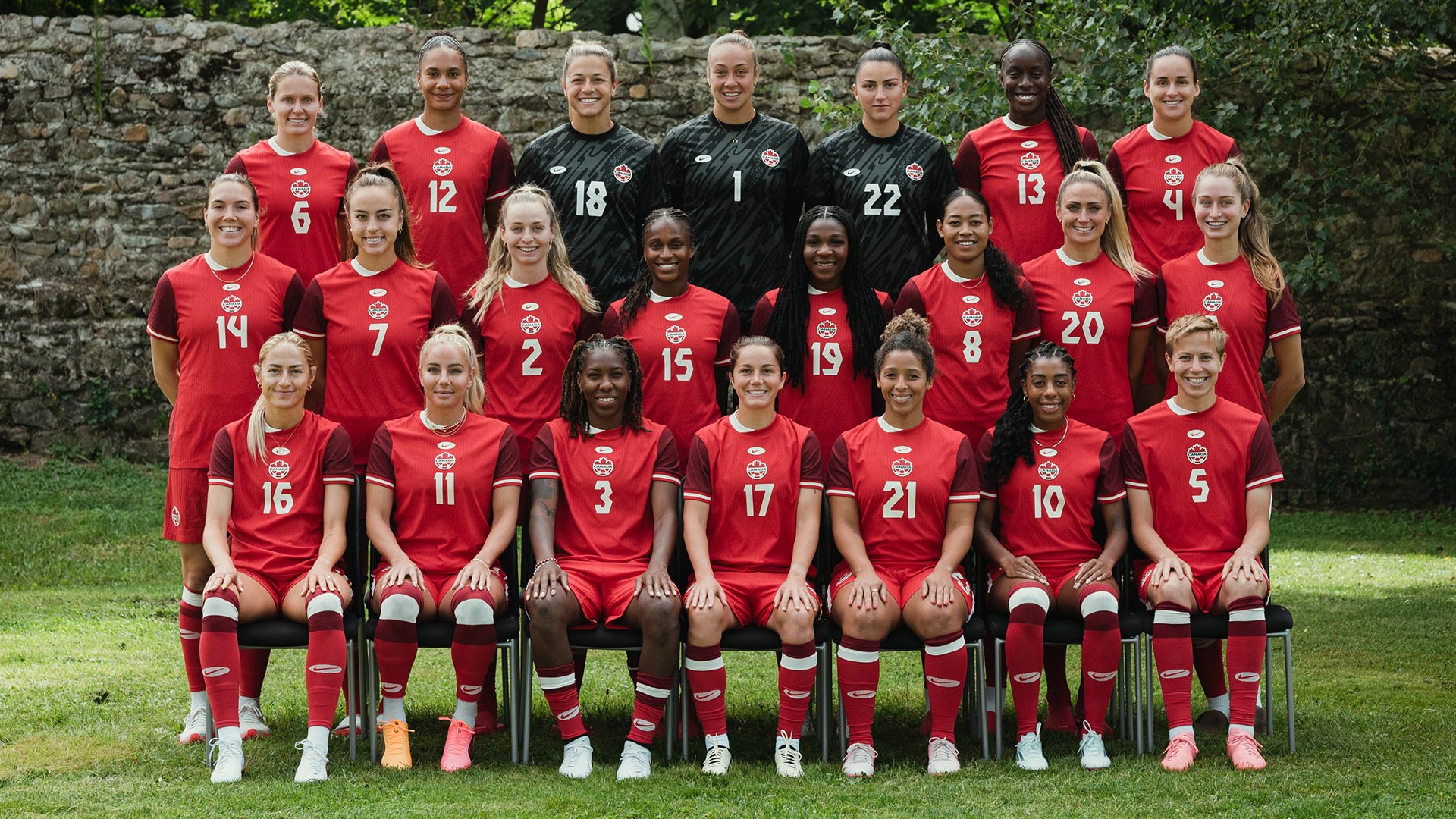


;Composite=(type=URL,url=https://images.radio-canada.ca/v1/assets/elements/16x9/outdated-content-2013.png),gravity=SouthEast,placement=Over,location=(0,0),scale=1)
